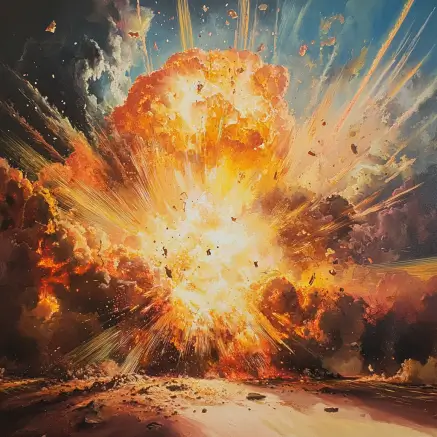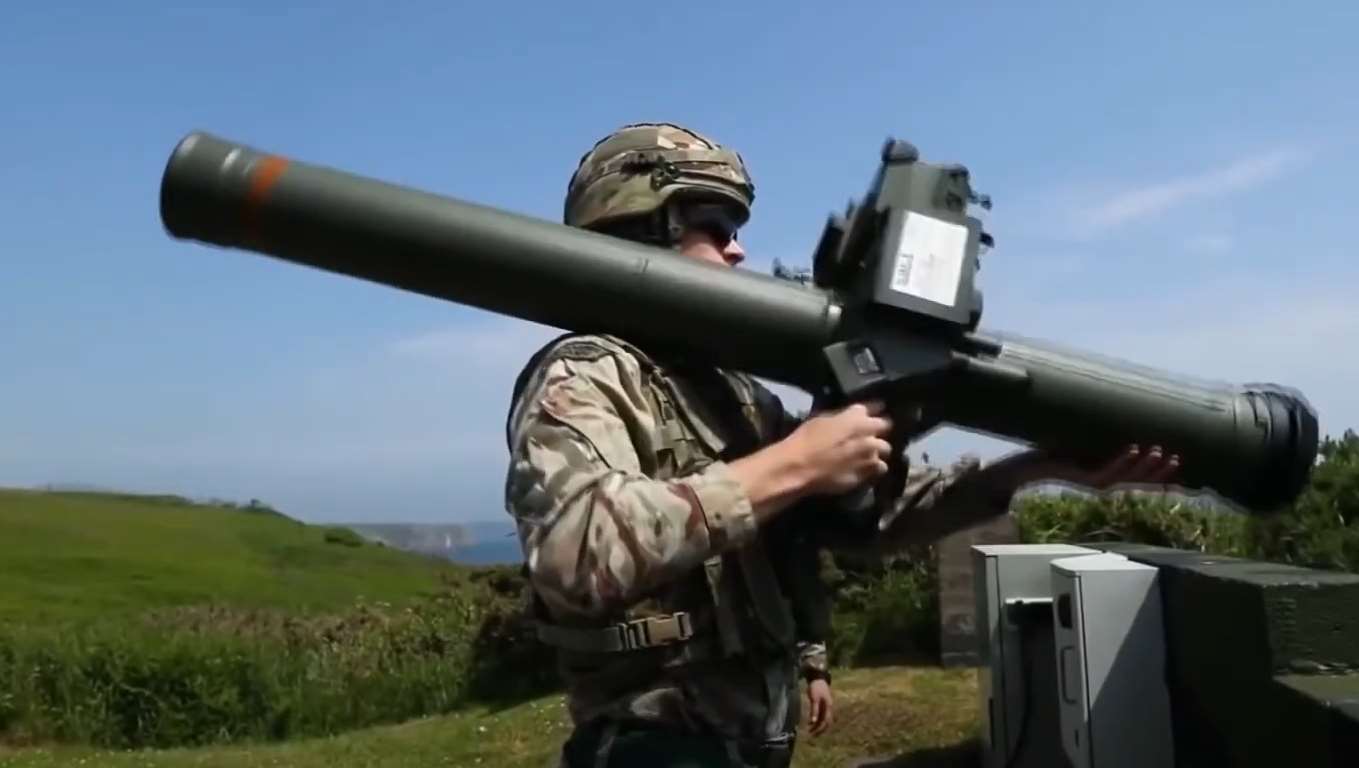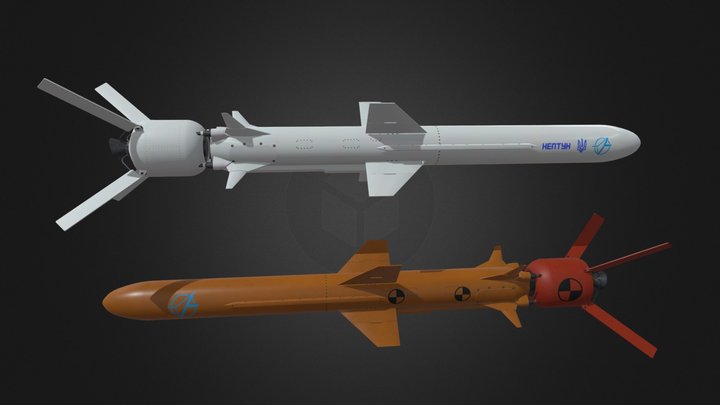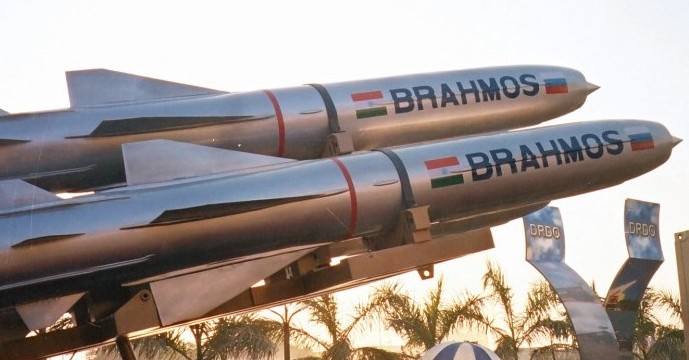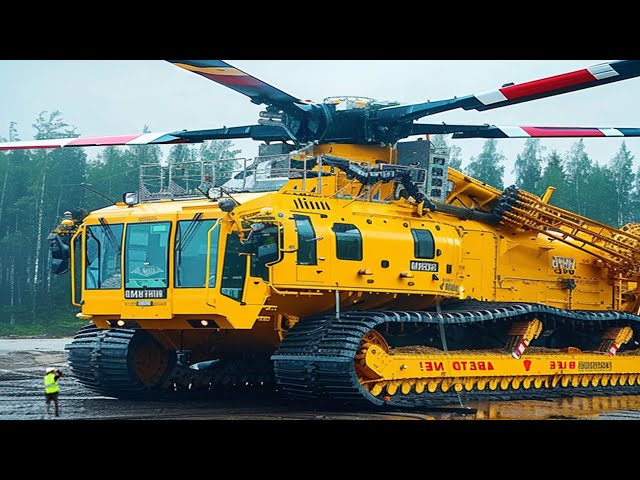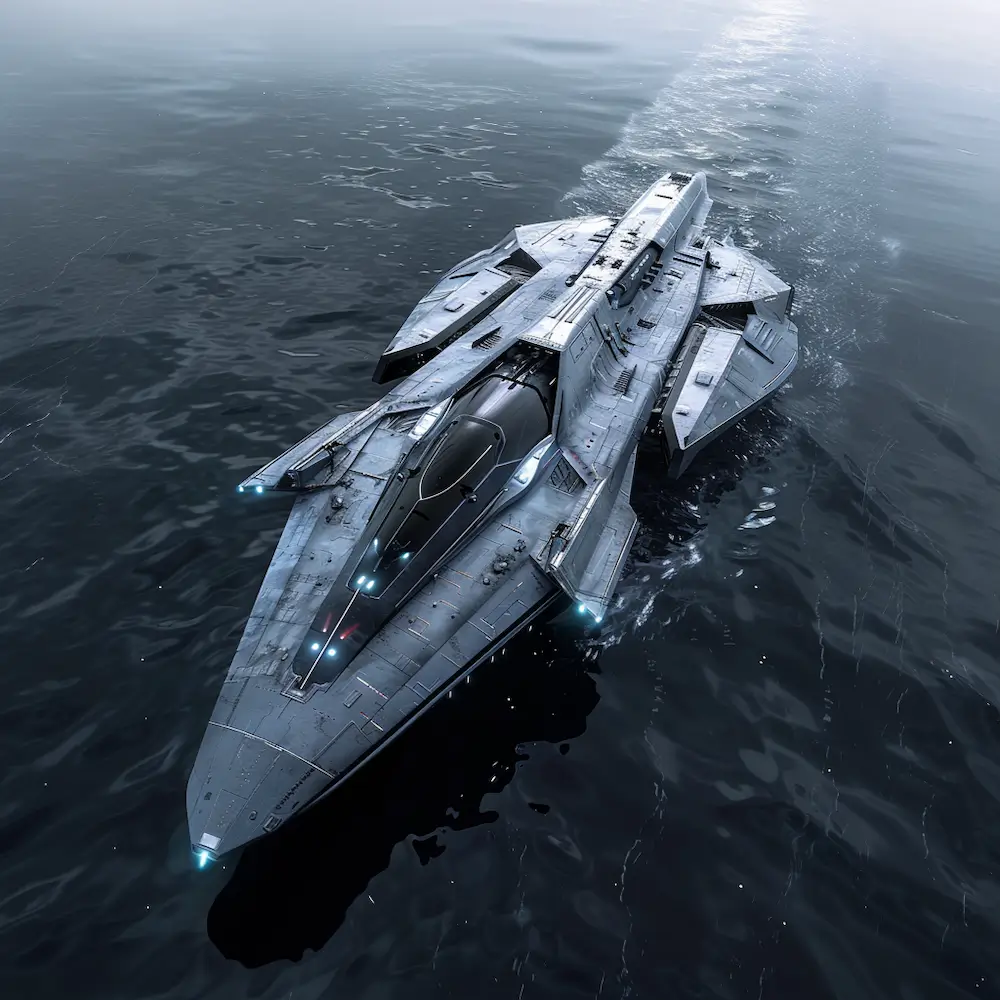The GBU-43/B Massive Ordnance Air Blast (MOAB)
Commonly known as the Mother of All Bombs, the GBU-43/B MOAB holds the title of the largest conventional bomb ever used in combat. Developed by the United States, this bomb weighs 21,600 pounds (9,800 kg) and generates a blast yield equivalent to 11 tons of TNT. It was first tested in March 2003.
Specifications of the MOAB
| Specification | Details |
|---|---|
| Weight | 21,600 pounds (9,800 kg) |
| Length | 30 feet (9.17 m) |
| Diameter | 40.5 inches (1 m) |
| Explosive Type | Tritonal |
| Blast Yield | 11 tons of TNT |
The MOAB was notably used in combat for the first time on April 13, 2017, targeting ISIS tunnels in Afghanistan. Its massive explosive power made it effective for its purpose, creating widespread destruction over a large area.
Russia’s Aviation Thermobaric Bomb of Increased Power (ATBIP)
Widely referred to as the Father of All Bombs (FOAB), Russia’s ATBIP is considered the world’s most powerful non-nuclear explosive. Tested in 2007, the FOAB surpasses the MOAB in destructive capacity. It has a blast yield of approximately 44 tons of TNT.
Specifications of the FOAB
| Specification | Details |
|---|---|
| Weight | 15,650 pounds (7,100 kg) |
| Explosive Type | Thermobaric |
| Blast Yield | 44 tons of TNT |
The FOAB’s lethality lies in its thermobaric explosive nature, which generates a high-temperature blast wave that ignites and consumes oxygen, creating a vacuum. This maximizes the bomb’s destructive impact, making it an extremely potent weapon for demolition.
BLU-82B/C-130 Daisy Cutter
The BLU-82B/C-130, also known as the Daisy Cutter, was developed during the Vietnam War and used for creating instant clearings in dense jungle. This conventional bomb weighs 15,000 pounds (6,800 kg) and carries a substantial amount of explosive material. The Daisy Cutter was primarily used for tactical purposes and was phased out after the introduction of the MOAB.
Specifications of the Daisy Cutter
| Specification | Details |
|---|---|
| Weight | 15,000 pounds (6,800 kg) |
| Explosive Type | GSX Slurry |
| Blast Yield | Equivalent to 7.5 tons of TNT |
Although less powerful than the MOAB and FOAB, the Daisy Cutter’s ability to create instant landing zones and clear obstacles made it an invaluable asset during conflicts in which it was employed. Its legacy is still remembered in military history.
Other Notable Large Conventional Bombs
- GRAND SLAM: The British Royal Air Force developed the Grand Slam during World War II. Weighing 22,000 pounds (10,000 kg), it was designed to penetrate and destroy hardened targets such as bunkers. Although antiquated, it was one of the largest bombs deployed during the war.
- BLU-119/B: Also known as the Thermobaric Weapon, this U.S. bomb utilizes high-pressure explosions to destroy targets. It has a weight of 1,500 pounds (680 kg) but delivers a far-reaching blast effect.
- Mark 84: One of the most commonly used general-purpose bombs by the U.S. The Mark 84 weighs 2,000 pounds (907 kg) and can be equipped with various tail kits to control its accuracy and destructive power.
Large conventional bombs have played pivotal roles in modern warfare, offering strategic and tactical advantages without involving nuclear capabilities. Their development continues to evolve, showcasing advancements in explosive technology and deployment methods. As nations seek to exert military influence without crossing the nuclear threshold, these powerful weapons remain central to military arsenals.
